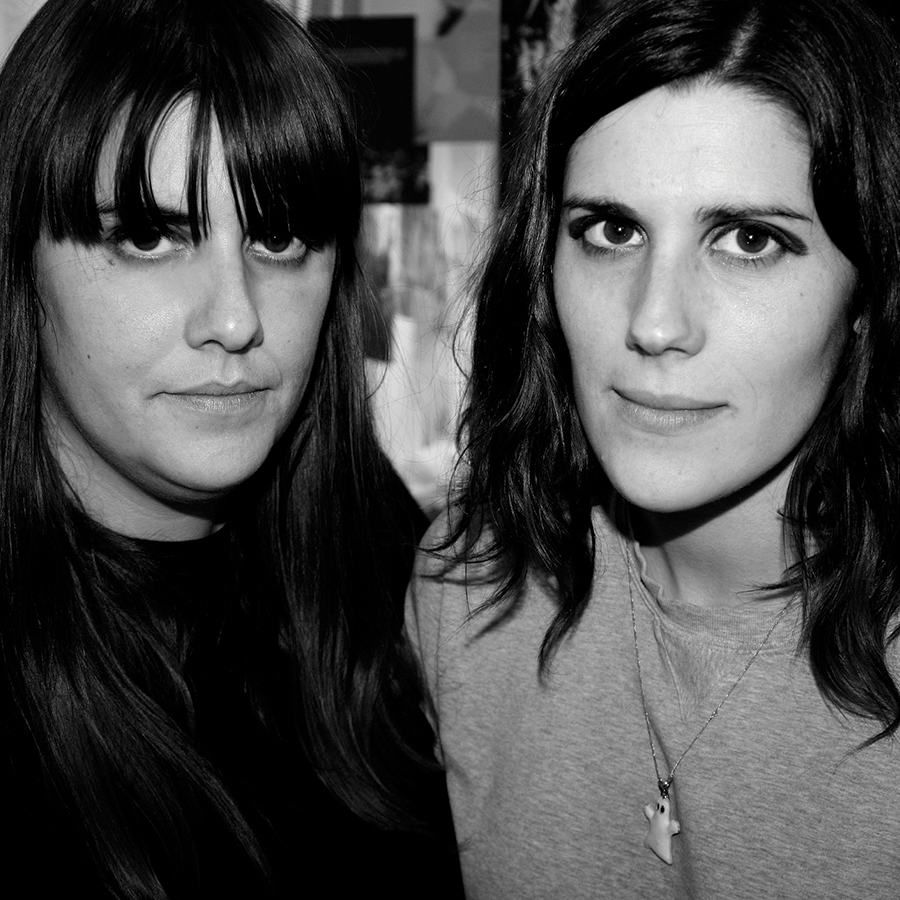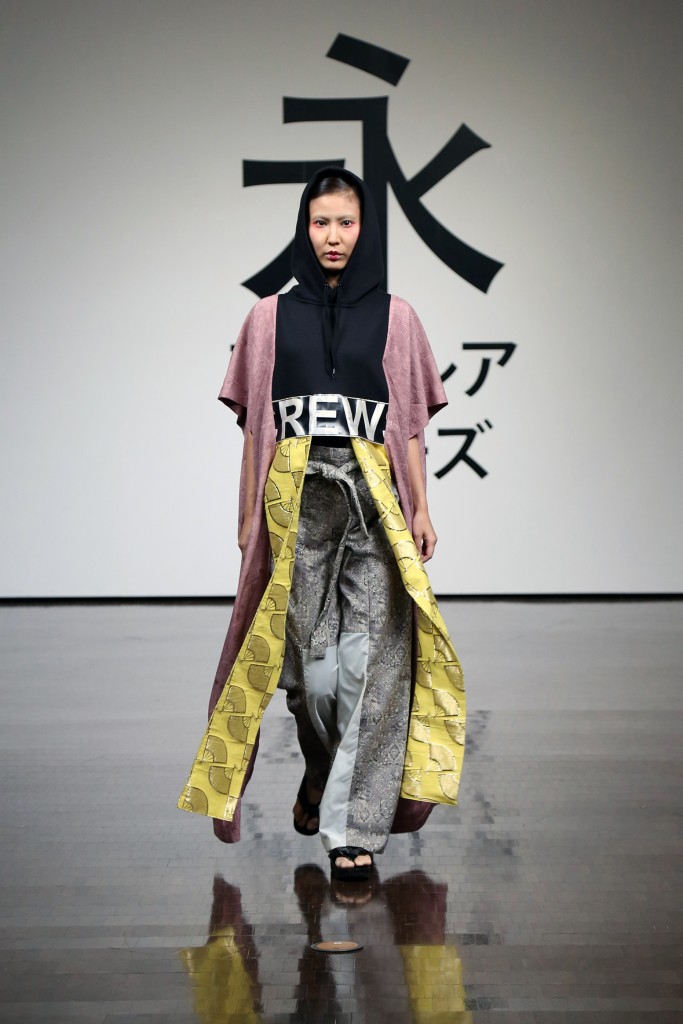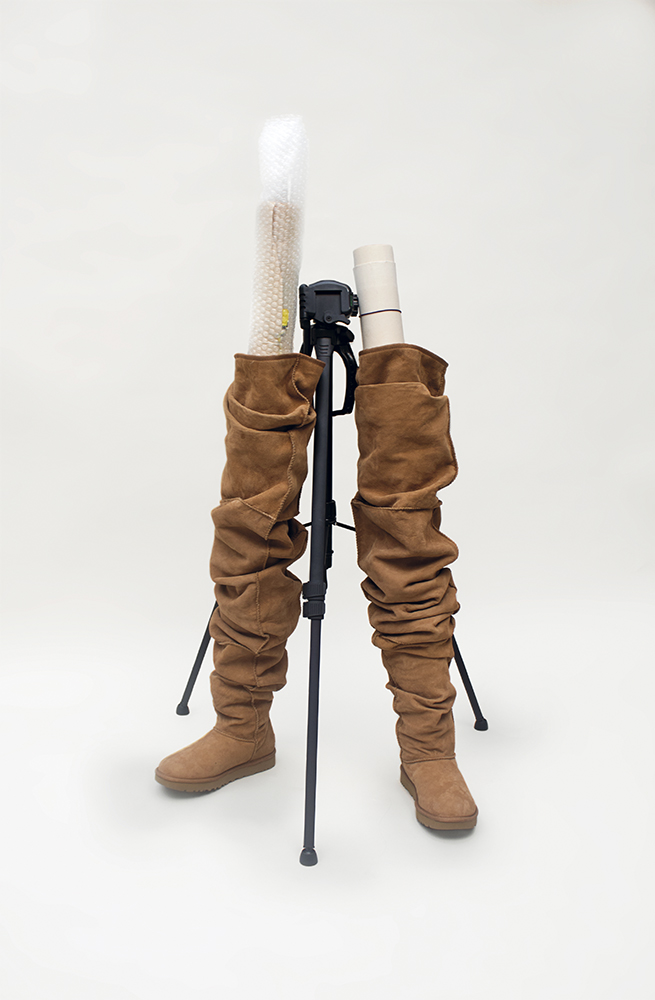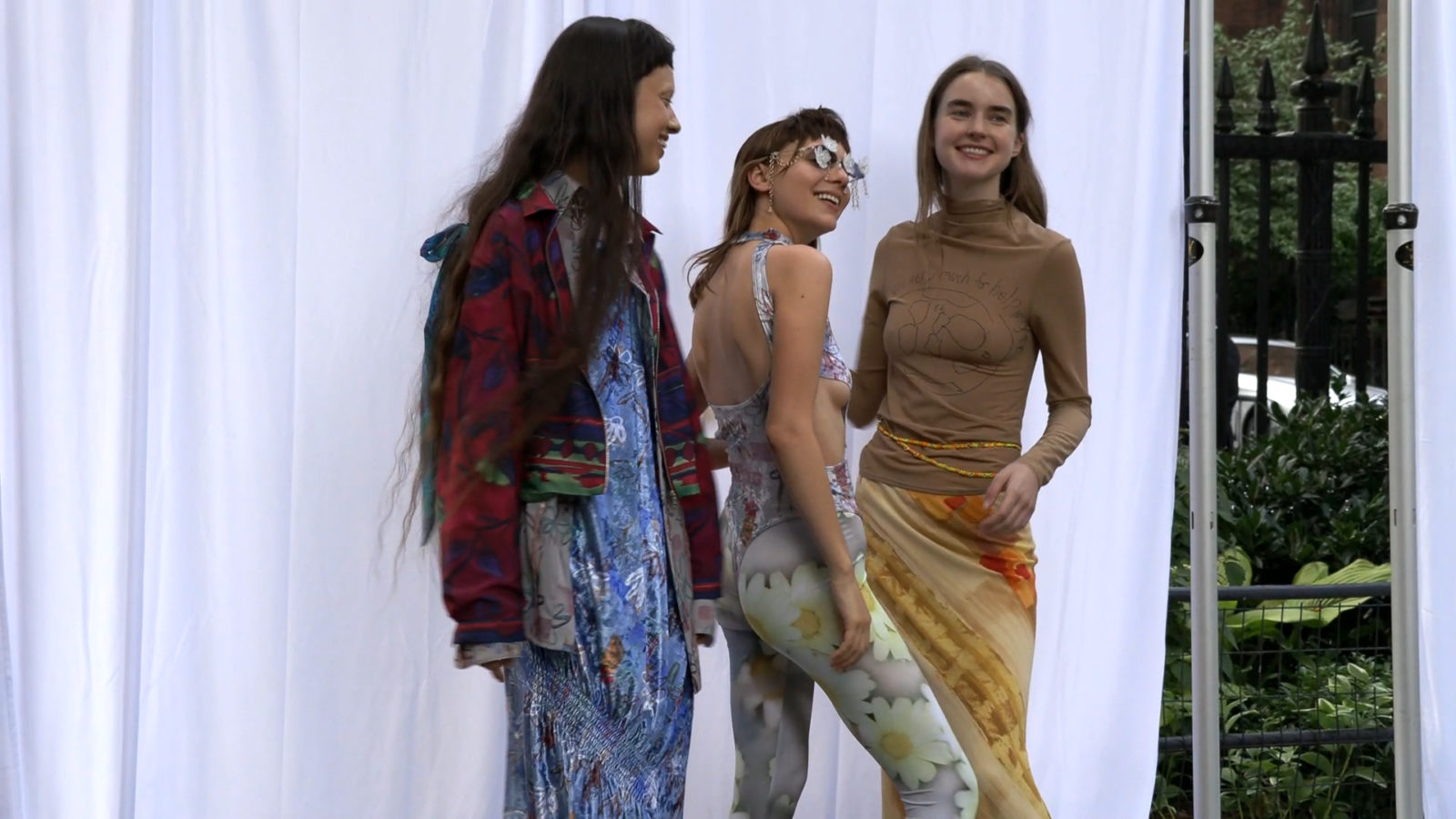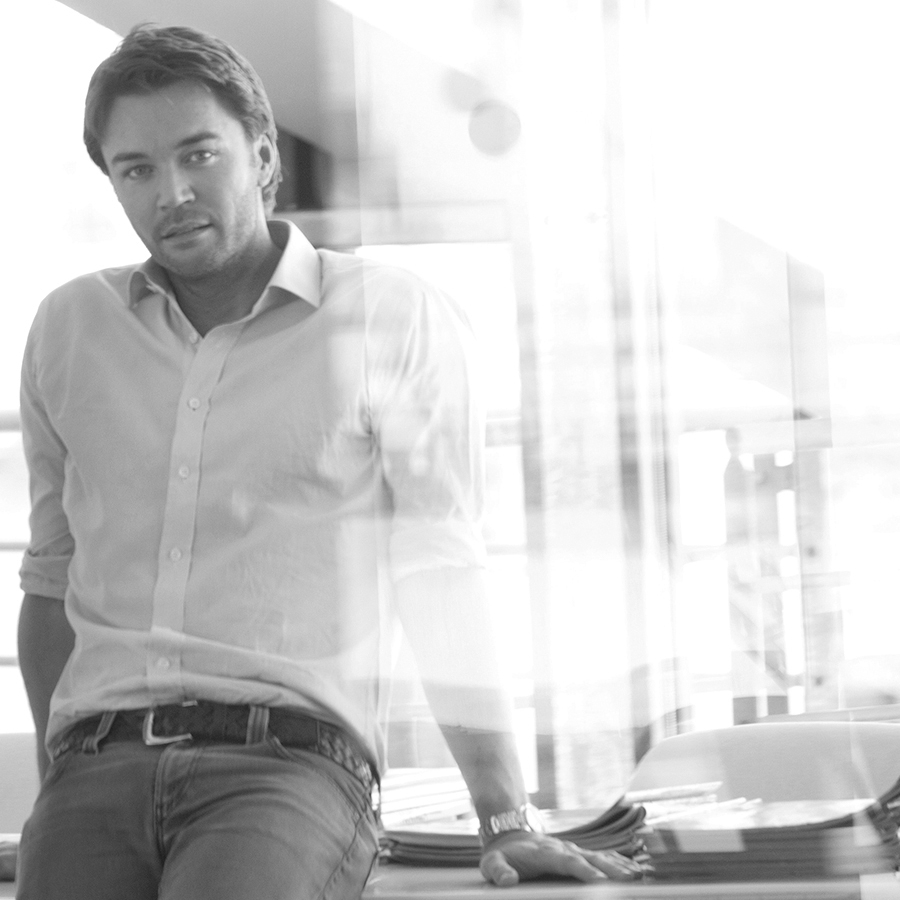
ON CREATIVITY BY CLAUS LINDORFF CRASH 65
By Crash redaction
CLAUS LINDORFF IS THE CO-FOUNDER OF THE SPORTSWEAR BRAND RON DORFF PARIS-STOCKHOLM AND CEO OF THE BETC LUXE MARKETING AGENCY. HE MET WITH US TO TALK ABOUT CREATING A NEW BRAND AND TO SHARE HIS THOUGHTS ON MARKETING IN THE LUXURY INDUSTRY NOWADAYS.
First tell us a bit about your career. How did you get started in marketing?
I was born in Sweden and my parents were doctors who were both involved in the contemporary art scene. I started college at the Stockholm School of Economics but quickly realized it was not the direction I wanted to take my career in. So then I switched to studying contemporary art at Sotheby’s in London, and moving to the art world turned out to be hugely influential for me. For one, living in London was expensive and I had to find a job right away. So it was more out of need than anything else that I took a job at a French investment bank in London. The upside of it all was that I was surrounded by French people, and it helped me decide to do something I’d wanted to do for a long time: live and work in Paris. I’ve always loved Paris and during college I even worked there as a tour guide for Scandinavian tourists. Anyway, that’s when I decided to reorient my career and that’s how I discovered marketing. A coworker had a few contacts at Publicis in Paris, he helped me write a cover letter in French and then I met with the Vice President of the agency. I hardly spoke French at all, so I had to memorize a bunch of standard job interview questions and answers. My coworkers even told me, “if you don’t know what to answer or you don’t understand something, just say: il me reste encore du pain sur la planche” (laughs) It’s this really idiomatic French expression that means something like “I still have my work cut out for me,” and it sounded so fake and out of place in my paltry French and heavy accent… and I must have used it at least three times throughout the interview! In the end, they ended up hiring me, mostly because I spoke English, which wasn’t as common then as it is now. So I started out at Publicis working for clients like Yves Saint Laurent, Ebel and Lalique. I worked there for three years and I have a lot of fond memories from my time there. Next I worked for a time for a Lowe Lintas, an American agency with retail clients like Unilever and Nestlé, that was also a very prestigious school. And then there was Air France. When the Air France account moved from Lowe Lintas to BETC, they asked me to follow them to the new agency and that’s how my time with BETC first began. Today they’re seen as one of the most creative ad agencies in the world with talent like Rémi Babinet, Stéphane Xiberras and their extremely gifted creative teams. At BETC I also had the chance to work directly with Mercedes Erra, a woman who’s extraordinarily smart, charismatic and full of humor. Working with her I always feel like I’m learning something new, and even in the toughest situations we still manage to have a few laughs. And, in fact, it was Mercedes who gave me the opportunity to start an agency specialized in luxury and fashion: BETC Luxe. I’ve managed the agency for 10 years now and I’ve been able to work on worldwide campaigns for some great brands like Van Cleef & Arpels, Giorgio Armani, Lacoste, Jil Sander, Louis Vuitton, and Issey Miyake. I’m proud to still be a part of this wonderful agency while also having time to develop my sportswear brand, Ron Dorff Paris-Stockholm.
So how did you end up venturing into fashion with Ron Dorff?
I did a lot of sports and I realized it was actually really hard to find the “right outfit.” Everything was either too big, had too many logos, too many colors… So I started thinking about creating a sportswear brand for men between 25 and 35, not yet millionaires but already sensitive to cuts, materials and quality.
So you started out with a concept in hand…
With Ron Dorff, we wanted to provide a fresh take on the great classics of sportswear with simple, functional items and impeccable cuts every time: sweatshirts, hoodies, T-shirts, tank tops, running pants and exercise shorts in classic, masculine colors: navy, khaki, heather gray, black… We also took into account that men buy clothes differently than women: when a man finds a model he likes, he often buys more than one of the same item or the same item in different colors. It’s a different way of shopping: simple and efficient, but above all marked by a taste for classic and timeless items, which means our brand has to offer “must-haves” all year long, season after season.
What made you decide to start the brand?
We launched the brand in 2010 with an e-commerce site, rondorff.com, though we had been working on it for two years leading up to the launch. We had to decide which items to launch with, finalize the name, check that we picked only the best suppliers and of course test and retest every model to make sure they were all of flawless quality. That part took up most of our time, because for us having classic, simple designs meant we needed the very best quality. After that, luck did the rest. Colette took to our brand right away and decided to stock a portion of the collection, and their support immediately attracted the French press to take a look at us. At the same time, Terry Richardson used a T-shirt with our motto “DISCIPLINE IS NOT A DIRTY WORD” in a shoot and Stephen Gan used the RON DORFF tennis short by Mario Testino in the American magazine VMan. Very shortly thereafter, shops like Jeffrey’s in New York and department stores like Selfridges in London decided to carry our products. All that helped the brand take off very quickly, not only in France but also around the world.
Now you offer products for everyone…
At first we just wanted to do sportswear for men, thinking that women could always pick up a few of our items here and there. Then with time we kind of expanded on that idea and decided to add a full line for women under the name RON DORFF His for Her. So, yes, as of quite recently we’ve had something for everyone!
What about your slogan “Discipline is not a dirty word”…
You can take it in a few different ways: first in terms of sports – if you want to see results, you need discipline. But it’s also a motto for life in general. Some people even read it on a sexual level… At first I was worried it would turn people off since “discipline” is not everyone’s cup of tea in France. But in the end there weren’t any problems. Customers and the press all got it, they understood the kind of Anglo-Saxon humor in it and saw that we never take ourselves too seriously.
You’ve been working in fashion, marketing and the visual world in general for quite some time now. And at both your brand and your ad agency, you work hard to endow products with meaning…
There are several different schools of thought here: some brands work with a photographer in order to promote a product or a collection. At BETC our campaigns are definitely based on a real product, but they’re equally rooted in a brand’s history in order to create that feeling of uniqueness. Lacoste, Van Cleef & Arpels, Evian and Petit Bateau are good examples of this. The big names in fashion are seeing a lot more competition from high-street brands, which use the same models, the same photographers, the same kinds of images… So you always have to keep doing more and tell a story that can capture people’s attention. Today, brands that have a rich history try to use that in their communications in order to set themselves apart from the rest, notably from competitors and brands that might try to copy their designs (and these brands are usually missing just that: a history).
Development, democratization… on that topic, how do you think advertising has changed both with and for fashion?
We all try to stay as creative as possible. But there are commercial realities, too: we don’t get paid to make art. Advertisers want to see more than just something unique or pretty, they want results. Add to that the huge variety of cultural codes that have to be respected today and the tremendous amount of information you have to provide in new markets, there are so many constraints to consider now that there are actually fewer and fewer brands who can afford to go in for this kind of unbridled creativity, even among luxury brands it’s rare today. In any case, an ad campaign always has to create some kind of emotion. The brands that are doing the best have understood this situation and they’ve managed to create entire worlds associated with their products. I think there’s a growing need to escape: that’s also what luxury and fashion are there for.







